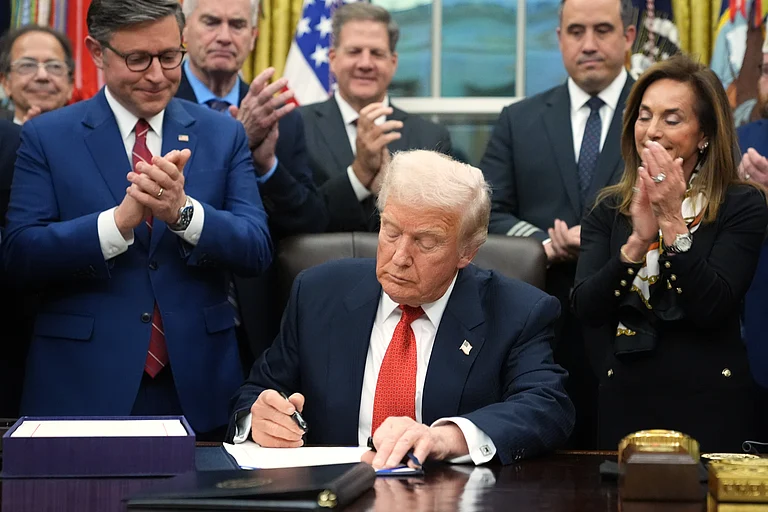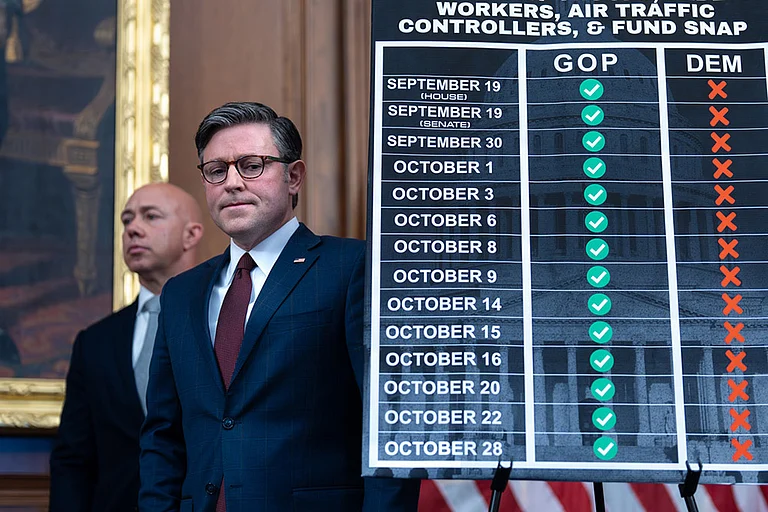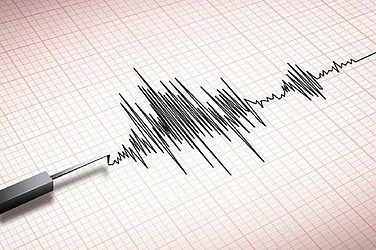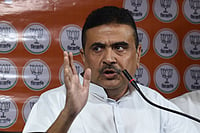
The U.S. government faces a potential partial shutdown as Congress remains deadlocked on funding.
The standoff revolves around a $1.7 trillion budget, with Democrats seeking inclusion of health care and social protections.
Without a deal by midnight, federal agencies may suspend nonessential functions, delaying key economic data releases.
As the deadline to fund the federal government approaches, lawmakers remain deadlocked, raising the prospect of a partial shutdown of the US government.
Vice President Vance warned that the US is “headed for a shutdown” following a White House meeting with congressional leaders. The standoff centers on a $1.7 trillion budget for agency operations—roughly one-quarter of the federal budget—while Democrats demand that health care and social protections be included in any funding extension.
If a deal is not reached by midnight, federal agencies may suspend nonessential functions, and crucial economic data releases from the Bureau of Labor Statistics, Census Bureau, and others will be halted until funding resumes. The vote was 55 to 45 on Tuesday evening, while the Republicans need at least 60 votes to ensure the passage of the bill. The vote further showed that both parties were unlikely to relent, even as a federal funding deadline looms.
What Does Shutdown Mean?
The 100-member Senate requires 60 votes to pass government funding bills -- seven more than the Republicans control.
A shutdown would see nonessential operations grind to a halt, leaving hundreds of thousands of civil servants temporarily without pay, and payment of many social safety net benefits potentially disrupted.
US government shutdowns are deeply unpopular, and Democrats and Republicans alike try to avoid the scenario -- while blaming the other camp in the event of a closure.
As per Reuters, agencies also issued detailed shutdown plans that would close offices conducting scientific research, customer service and other "nonessential" activities and send tens of thousands of workers home without pay. Military troops, border guards and others doing work deemed "essential" would stay on the job, but would not get paid until Congress resolves the standoff.
The government last shut down in 2018 and 2019, for 35 days, during Trump's first term, due to a dispute over immigration. That cost the U.S. economy $3 billion, or 0.02% of gross domestic product, according to the nonpartisan Congressional Budget Office.
At issue now is $1.7 trillion that funds agency operations, which amounts to roughly one-quarter of the government's total $7 trillion budget. Much of the remainder goes to health and retirement programs and interest payments on the growing $37.5 trillion debt.
Airlines warned that a shutdown could slow flights, while the Labor Department said it would not issue its monthly unemployment report, a closely watched barometer of economic health. The Small Business Administration said it would stop issuing loans, and the Environmental Protection Agency said it would suspend some pollution-cleanup efforts.
Two labor unions representing federal employees filed a lawsuit to block agencies from enacting mass layoffs. Federal appeals courts considering similar lawsuits have allowed Trump to proceed with his firings while the cases play out.
With no sign of compromise on Capitol Hill, it was unclear how long a shutdown would play out. Congress has shut down the government 15 times since 1981, with most lasting a day or two. The most recent, during Trump's first term, was also the longest.
This time, health care is the sticking point. Democrats say any spending bill must also make permanent Affordable Care Act subsidies that are due to expire at the end of the year. Without a fix, healthcare costs for 24 million Americans will rise sharply, with a disproportionate impact in Republican-controlled states like Florida and Texas that have refused to enact other aspects of the law that provide coverage to low-income people. Democrats have also sought to ensure that Trump will not be able to undo those changes if they are signed into law.


























